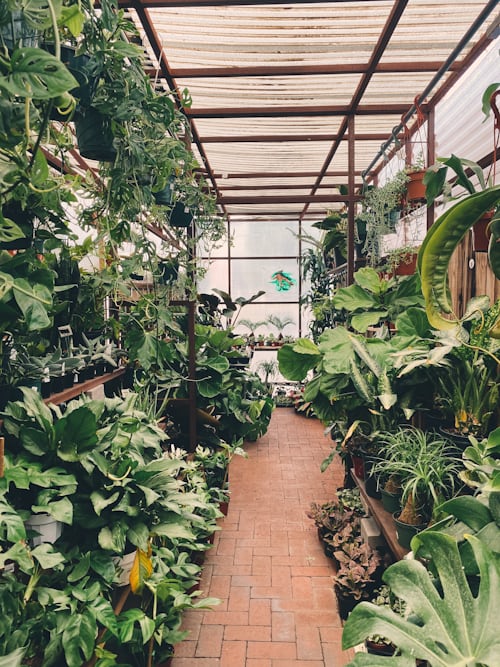5 types of Ferns For Giving A buoyant Home Environment

Do you want to know whether you can cultivate your preferred ferns indoors? Generally speaking, the answer is “yes”! Having a few dense, green plants, like ferns, may give your interior areas an impression of plenty in the green. Many ferns make fantastic, low-maintenance houseplants depending on the proper quantities of light and moisture. It’s crucial to comprehend what ferns need inside to choose one of the various varieties as your next houseplant. Since they are often kept as indoor plants, ferns, and partridgeberry plants like natural daylight, temperature, and moisture.
To Get You Started, Here Are Eight Favorites. Fern-Growing Advice At The Bottom Is Given To Help You Grow With Confidence.
Sprenger Asparagus Fern
Sprenger Asparagus Fern, also seen above in an outside pot, is a fantastic starting fern. Put it on a handmade or store-bought pebble tray to add humidity. Create the customized pebble tray by placing the plant on top of a bowl or tray that has been filled with pebbles or tiny rocks and water. For more moisture, mist the fern on a few occasions each week. Compact and neat, it takes on a pleasing shape when planted in a container and placed in a warm but not stuffy window.
Bird’s Nest Fern, Austral Gem
It is a fresher, better kind. This sterile cultivar is imposing and attractive and doesn’t produce untidy spores, making it the perfect houseplant. Austral Gem is far more tolerant to low humidity than other ferns are.
Maidenhair Fern
The American Maidenhair fern seems to be a tough fern of perennials that is popular outdoors but is as gratifying to grow inside. It may become a bit of a diva if not maintained consistently wet but not soggy. To assist the soil retain moisture, mist it often and add mulch. Placed a few yards from the east or south-facing window, spin once weekly to maintain uniform lighting. It is worthwhile, yes.
Japanese Painted Fern
Short, spreading habits look wonderful grown in a low trough in a sunny window that is light but not too hot. Plants within get some light from silvery-blue fronds. Like its red-hued relative, it presents a little obstacle but also delivers a significant wow. Consistently moisten the soil.
Australian Tree Fern
The Australian tree fern has an exotic appearance in tropical climates thanks to its finely cut, broad, and bright-green fronds that create an elegant canopy atop a thin stem. It may become tall in a big pot, making it the ideal interior specimen plant. Keep the soil equally wet when growing things in direct, bright light.
Growing Indoor Ferns
To bloom green and healthy inside, most ferns need high humidity levels. It might be challenging to maintain humidity inside during the winter for tropical plants. This may be difficult, particularly in locations where a furnace is used to heat the home, since it dries up the air within. Avoid placing ferns near radiators or bright, warm, or sunny windows, and supply moisture using a pebble tray (right). Your ferns could still seem sad despite all of that. If so, think about putting them in a terrarium or Wardian container, a frequently used washroom with a shower, or somewhere else. Potted plants were moved outdoors as soon as the weather permitted.
Other Necessities
Light: It’s preferable to have indirect light from the southeast or east-facing balcony.
Water: Water regularly and thoroughly, and ensure the water drains appropriately after the potting mix has just begun to dry out.
Water: Water regularly and thoroughly, and ensure the water drains appropriately after the potting mix has just begun to dry out.
Temperature: Away from breezes and on the cooler side (about 70 degrees).
Food: Typically, feed once a week with a nutrient solution diluted to half strength.
In the end, You can check out the categories by plant specialty, and there are some of the favorite mail-order nurseries offering perennials, trees, and shrubs that you should check out. On their website, you can purchase fruit trees, annuals, veggies, roses, and any other plant you can imagine, along with perennials. You may choose the size you want, and they offer many unique types. You can decide how much you intend to spend on the trees, perennials, and shrubs.



:max_bytes(150000):strip_icc()/perennial-flower-garden-layout-5219484-hero-98d6bf293bf84f2e9aff39481210681c.jpg?resize=800%2C450&ssl=1)


